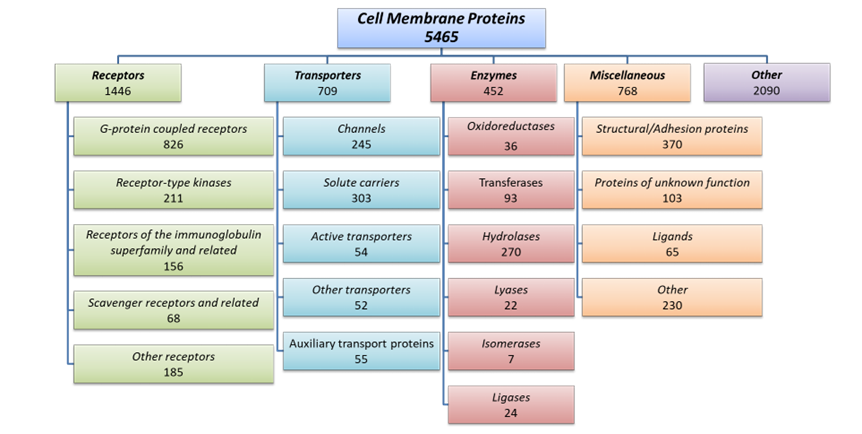Membrane Proteins Screening Array-AB5000
KYinno Unveils the AB5000 Membrane Protein Engineering Patent Technology Screening Platform
Antibodies, CAR-T cells, and other biopharmaceuticals rely on the specificity of their target binding, which is a critical factor in assessing the quality of these drugs. Non-specific binding of these drugs to proteins or molecules outside their intended target can lead to severe side effects. Therefore, specificity testing is a vital evaluation step in drug development. Currently, many antibody drugs only verify non-specific binding in clinical trials, and this delay may lead to safety issues and the abandonment of earlier research. For instance, the FDA-approved anti-PD-1 monoclonal antibody was found to have non-specific binding to VEGFR2, leading to severe side effects such as hemangioma. Interestingly, the ADC drug Rova-T, which cost AbbVie $5.6 billion, performed poorly in clinical trials. Recently, our AB5000 screening platform identified non-specific binding of the DLL3 antibody to other important immune targets, which may have implications for clinical efficacy.



The AB5000 platform covers a wide range of human cell membrane proteins, with a total of 5,465 targets, all expressed on the surface of live cells, ensuring the original conformation of the membrane protein targets. The detection method of the reporter cell lines is highly sensitive and offers a short experimental turnaround time. Specificity analysis is conducted by measuring binding affinities, providing clear differentiation and strong data traceability.

The experimental cycle for the AB5000 platform is short, with a complete project service taking approximately two weeks. The specific workflow includes: Experiment Setup: Determining the optimal antibody screening concentration for the best discrimination, and identifying the ideal cell lines (HEK-293T, QT6, B16F10) to achieve the lowest background. Target Screening: Conducting screening for all targets or customized target categories (AB1000, AB2000, etc.). Target Validation: Validating the targets through multiple validations and reporter cell lines, along with flow cytometry to verify non-specific binding and functionality. We welcome inquiries and collaboration with our valued clients. We hope that the Kyinno AB5000 membrane protein engineering screening platform will provide a safe and effective path for your drug development. This platform is also capable of performing unknown ligand fishing for any membrane protein.
Case Study
The off-target binding of anti-PD1 monoclonal antibody “SHR-1210” to VEGFR2, FZD5, ULBP2 leads to serious side effects such as capillary hemangioma. AB5000 membrane protein engineering screening platform can effectively screen non-specific binding sites.

1. Experimental platform establishment

2. Target Screening

Figure 3. Body Weight of NCI-H1975-HGF in Female NOD SCID mice.